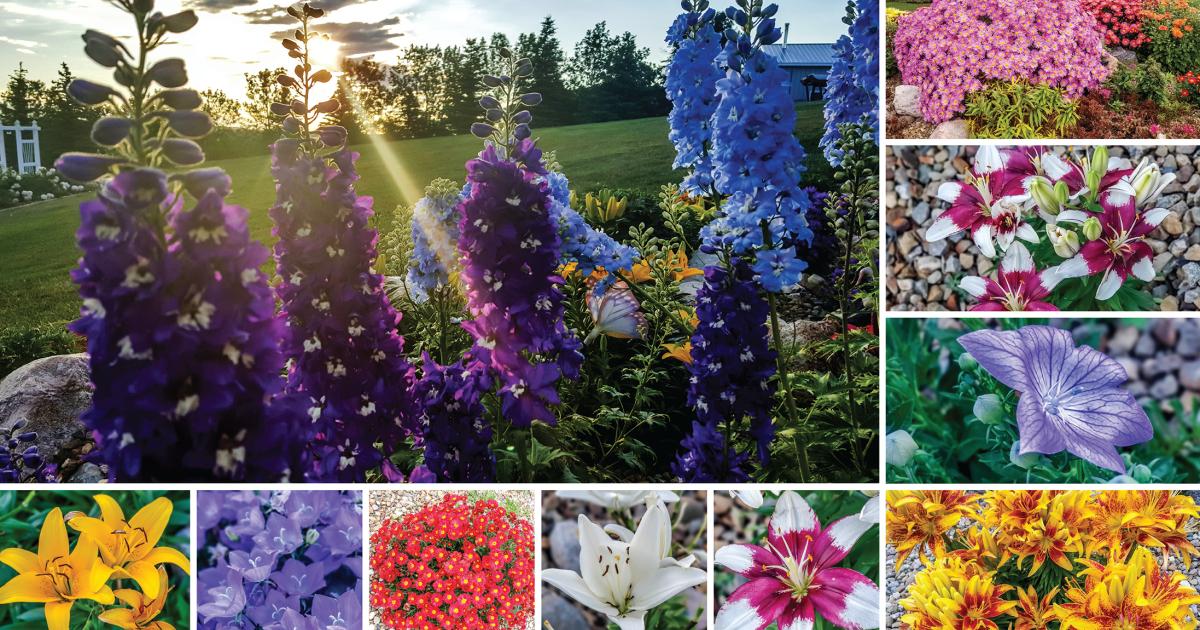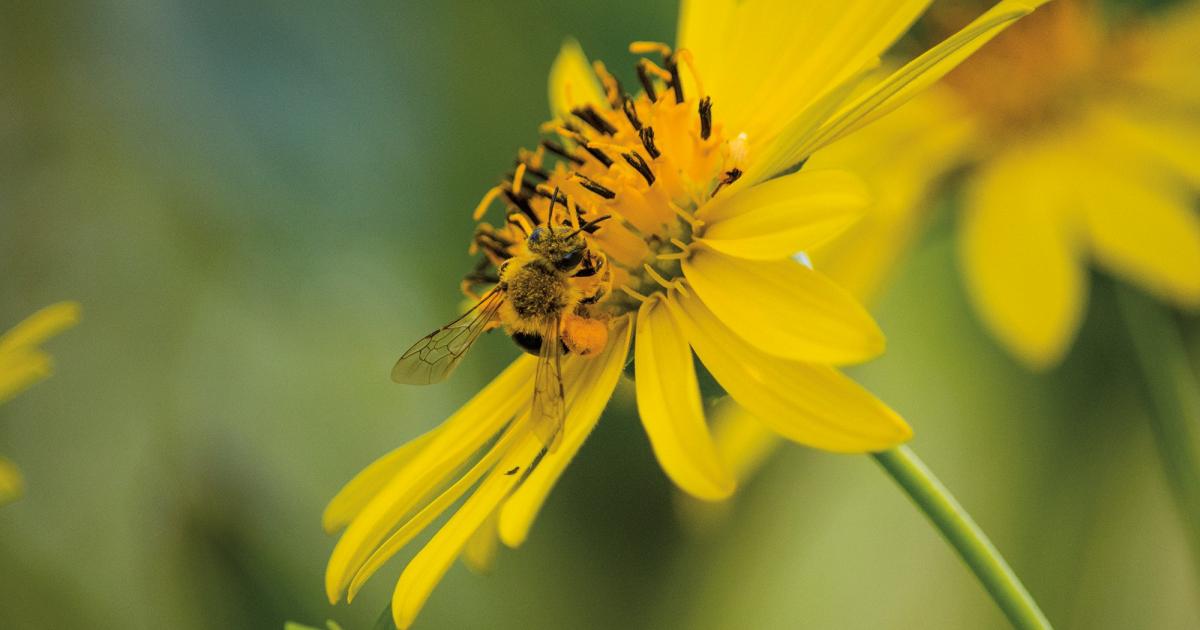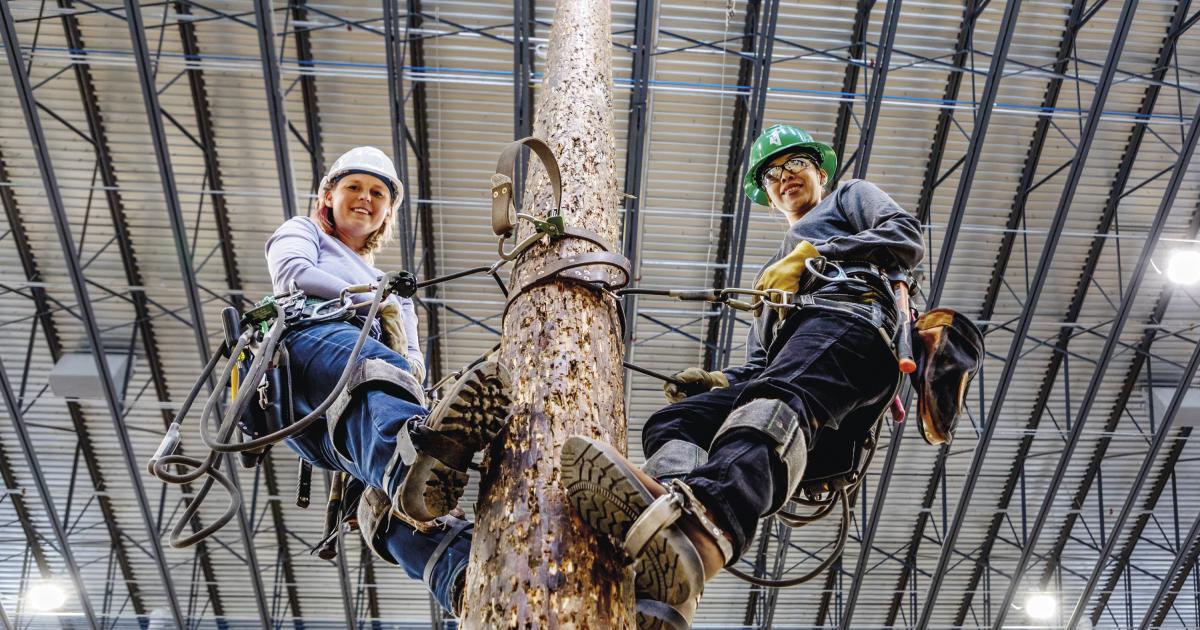With a mission to create healthier food options, three sisters – Annie (Sproule) Gorder, Mollie (Sproule) Ficocello and Grace (Sproule) Lunski – are transforming the way people think about pasta, one nutritious meal at a time.
After growing up with a deep passion for farming instilled by their family, the Sproule sisters ventured one-by-one to college at Bethel University in St. Paul, Minn. However, it wouldn’t take long until whispers from the Red River Valley beckoned them back to the fertile fields of home, Sproule Farms near Grand Forks.
Clarice L. Kesler
If you’re a garden lover in North Dakota, the planting season may not be long enough to satisfy your yearning to connect to the earth.
However, you can extend the season by planning and preparing prior to planting.
Considering the season’s last frost usually happens between May 16 to 30, depending on where you live in North Dakota, you have some time over the next two months to get a few things ready to make your growing season more productive.
TAKING CARE OF YOUR TOOLS
If you’re thinking about planting a garden this spring, look to perennials to provide seasons of beauty, low maintenance and a good return on your investment.
What is a perennial? A perennial is a plant that regrows and lives more than two years. Unlike annuals that provide a season’s worth of blooming before they die, perennials bloom for a few weeks. After the blooms fade, the plants’ foliage remains intact until dying back after a freeze, but their robust root system stays warm underground and allows the plant to return to the garden for several more years.

POLLINATION
Of the 1,400 crop plants grown around the world – those that produce all our food and plant-based industrial products – almost 80 percent require pollination by animals.
Pollination also helps provide more flowering plants, which help clean the air and purify water by preventing erosion through their root systems that hold soil in place. The water cycle also depends on plants to return moisture to the atmosphere.
In many ways, growing a garden that attracts pollinators benefits all of us.
Today, according to the American Customer Satisfaction Index, the only national cross-industry measure of customer satisfaction in the United States, Touchstone Energy Cooperatives consistently rank among the highest for customer satisfaction in the energy utility sector.
This can be credited to the directors who listen to the needs of the membership and govern the cooperative based on those needs. Directors lead the cooperative while keeping local, reliable, affordable electric service at the forefront of their decision-making.



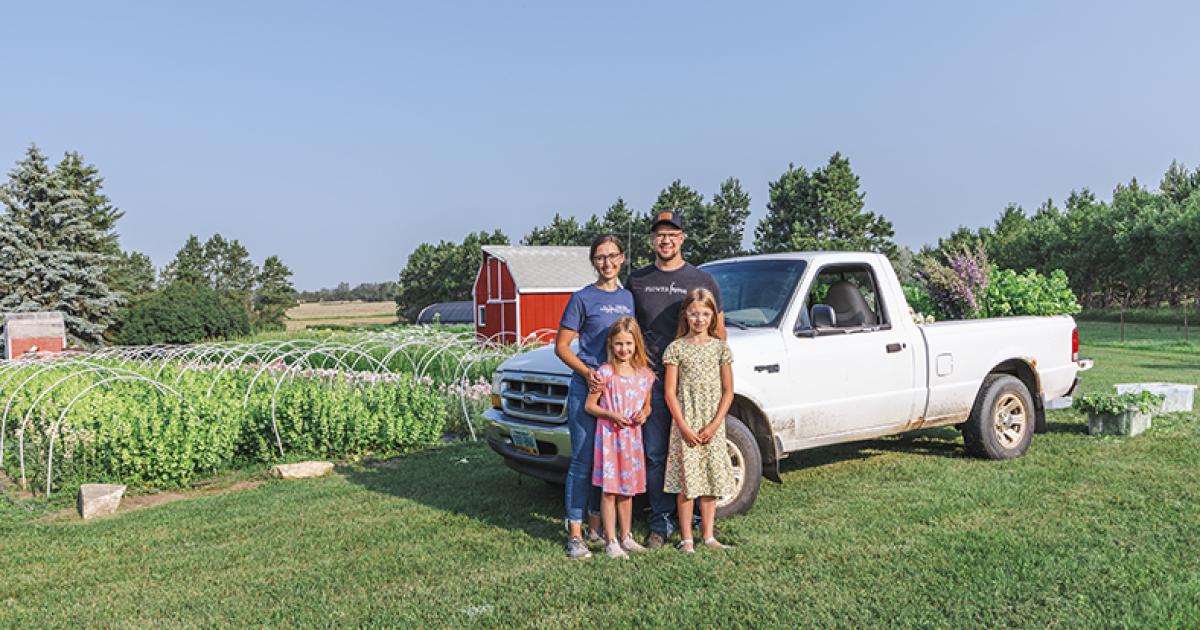
 As the sweet vanilla scent of the Bells of Ireland fills the air and the morning dew settles on the ranunculus blooming among many specialty flowers on their 11-acre farm, the Dessonvilles start each day deeply rooted in the glories of nature.
As the sweet vanilla scent of the Bells of Ireland fills the air and the morning dew settles on the ranunculus blooming among many specialty flowers on their 11-acre farm, the Dessonvilles start each day deeply rooted in the glories of nature.

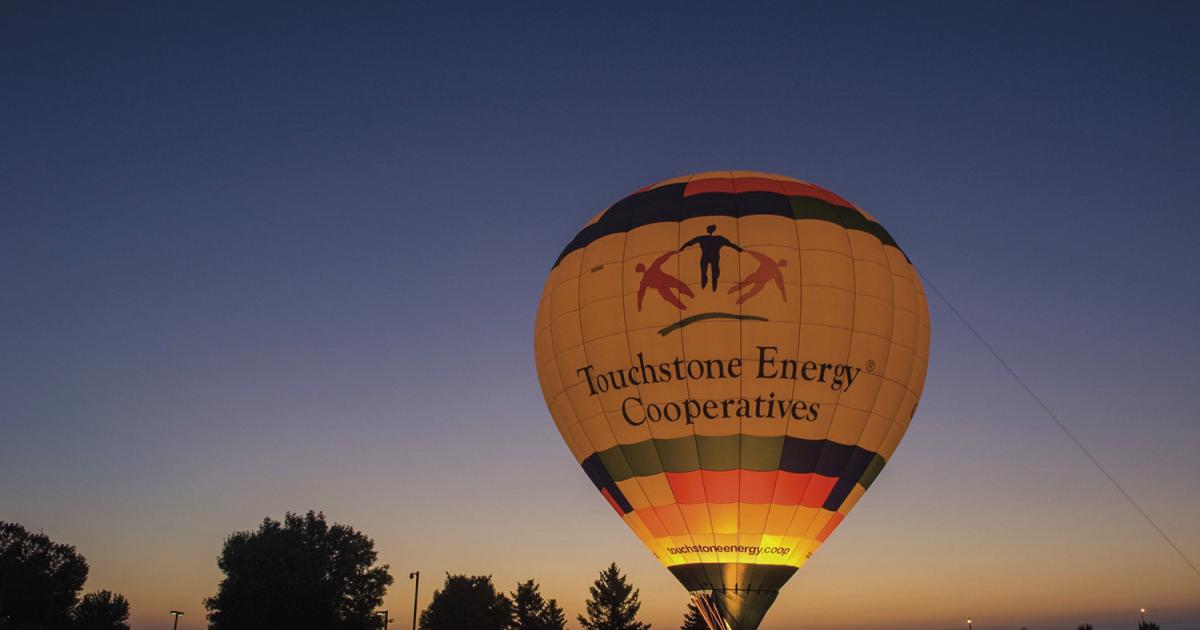
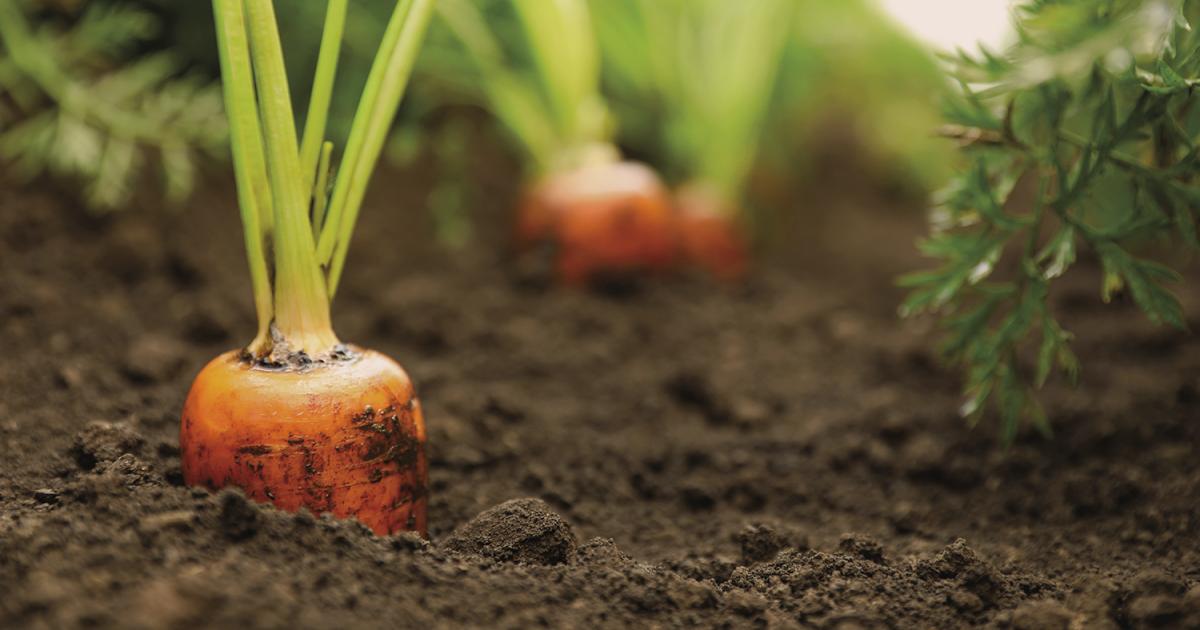

 When you sign up to belong to an electric cooperative, know that members matter most. It’s a philosophy deeply held in the hearts and minds of both the directors who represent you and the employees who serve you.
When you sign up to belong to an electric cooperative, know that members matter most. It’s a philosophy deeply held in the hearts and minds of both the directors who represent you and the employees who serve you.